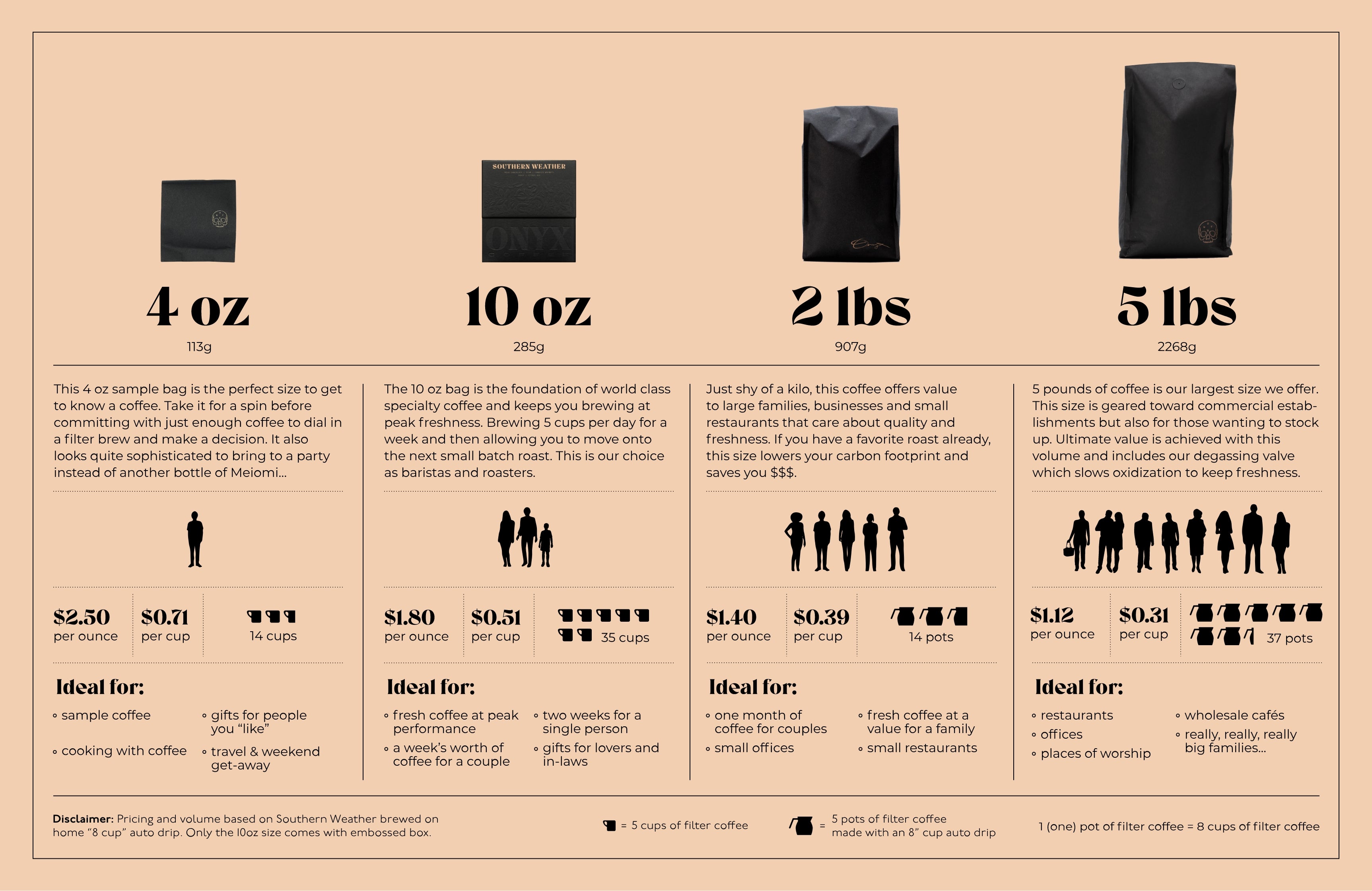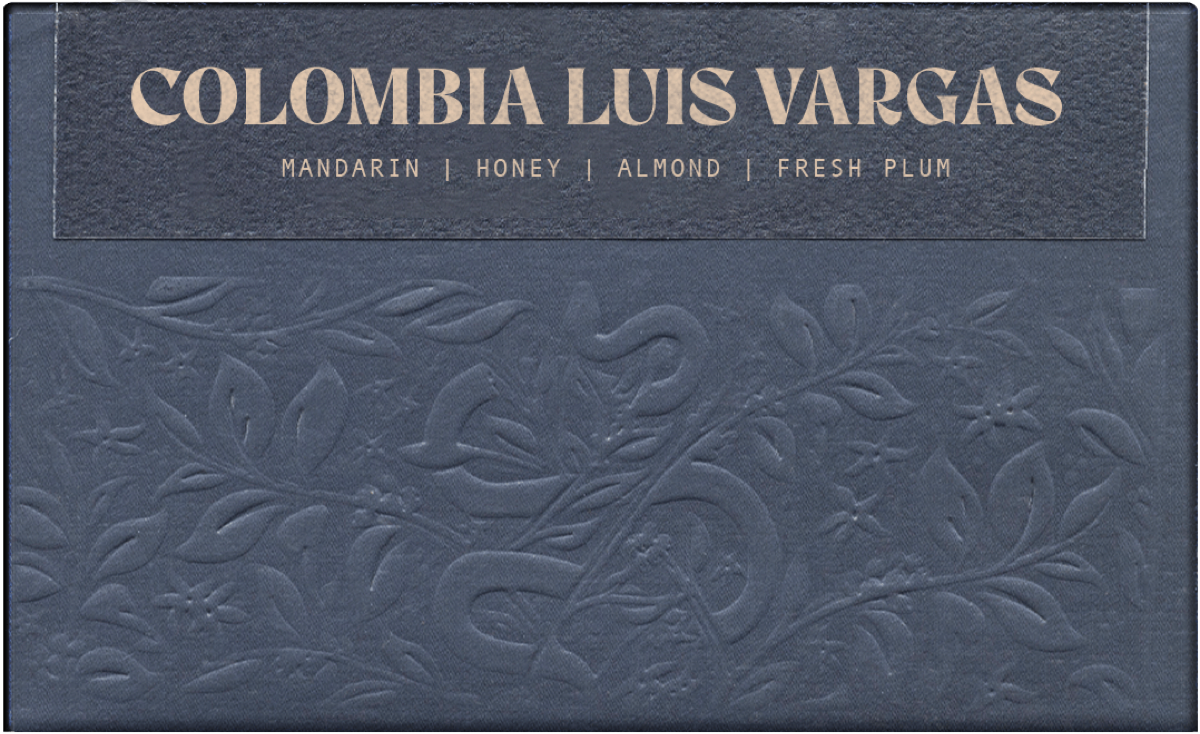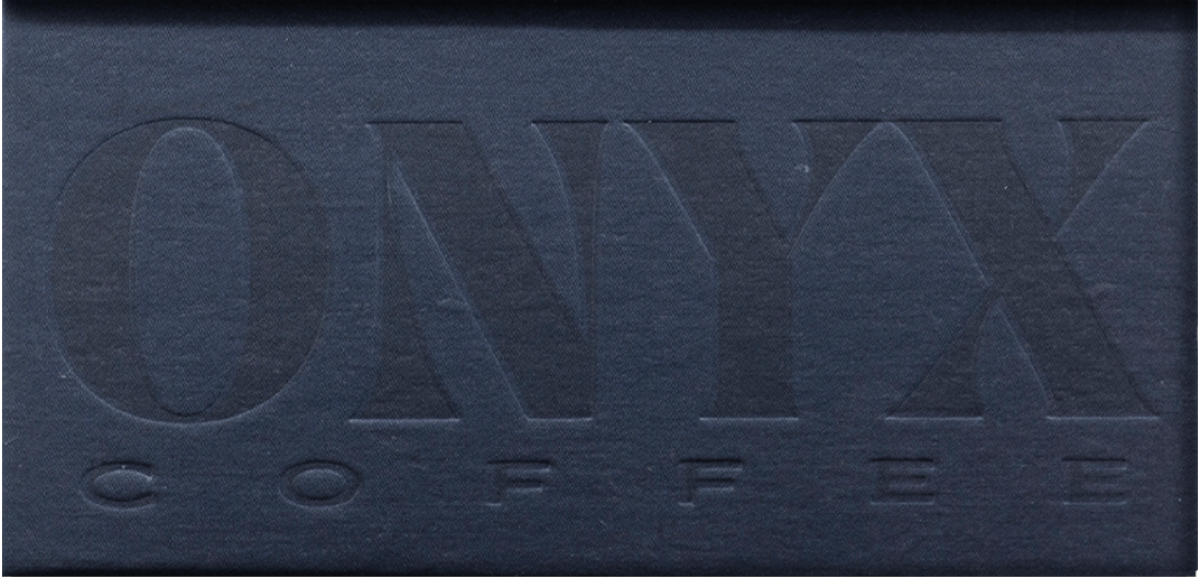Story
The best time of the year is… well, all year long. Colombia has a unique advantage where there is one long main harvest, followed by a shorter, smaller harvest called Mitaca. We cupped this particular coffee right before the global pandemic while visiting our friends in Medellin, Colombia. During the harvest, there are often times when a buyer needs to be in two places at once. In this case the harvest in Kenya coincided with the harvest in Colombia. Jon flew to Colombia to visit our partners at Pergamino, and Dakota flew to Kenya to cup and select our lineup for the year. During the visit to Pergamino, we cup a number of lot separations, building them into macro-lots for our blends like Geometry and Monarch. During that process, there are often single producer microlots that stand out from the rest. In this particular case, we selected this micro-lot to be separated as a single origin offering due to it’s notable sweetness and silky texture.
This coffee is grown in Urrao, Antioquia, which is one of our favorite growing regions of Colombia. El Jardin is a small farm operated by Luis Vargas. Like many of small holders in the area, Luis grows coffee on a hectare of land, where he also produces bananas and citrus fruits. All the coffee produced on El Jardin is milled and dried on site, where there is a small parabolic raised bed for the parchment to dry on. Luis practices a mixed-fermentation method, where freshly pulped coffee is added to a tank of coffee that was milled the day before. When this is done well, it produces a wonderful balanced acidity and a layered sweetness unlike that of traditionally washed coffees. Luis is growing Caturra Chiroso at El Jardin, which is a local and natural mutation of the caturra variety. Read more on Caturra Chiroso below…
CATURRA CHIROSO
We asked our friend Pedro Miguel Echavarría at Pergamino to give us a short history on Caturra Chiroso, this is what he had to say - “It's an organic mutation of normal caturra that, as far as we know, happened in Urrao around 30 years ago. Local producers starting noticing a type of tree very similar to their normal caturra, with the difference that it had a more elongated bean and really high productivity. They (producers in Antioquia) promoted it initially as a high yielding variety, it was only until the Cup of Excellence in 2014 when Jose Arcadio Caro participated with that variety and was the first Antioquian grower to reach the top 10.” In our tasting experience, this caturra tends to be more floral than it’s traditional sibling. When processed well, it has a pleasant silky texture as well as a complex sweetness reminiscent of ripe stone fruit.
WASHED PROCESSED COFFEES
The washed process begins with coffee cherries delivered to the washing station, both from the primary market or from farmers bringing their coffee directly to the mill. The cherries are inspected, and an initial quick round of hand-sorting separates the defective coffees before placing them into the hopper. They are then funneled to the disc pulper, which removes the fruit from the seeds (beans). After that phase is done, the coffee is fermented underwater for approximately 36 hours, with the water drained and refreshed once in that cycle. Then, the parchment is emptied into the washing channels, where it is agitated with rakes. During this step, the water is refreshed twice. Once the washing is complete, the coffee undergoes the traditional “double wash,” where it rests in the soaking tank for another 12 hours, before being taken to the raised drying tables for sun drying.




